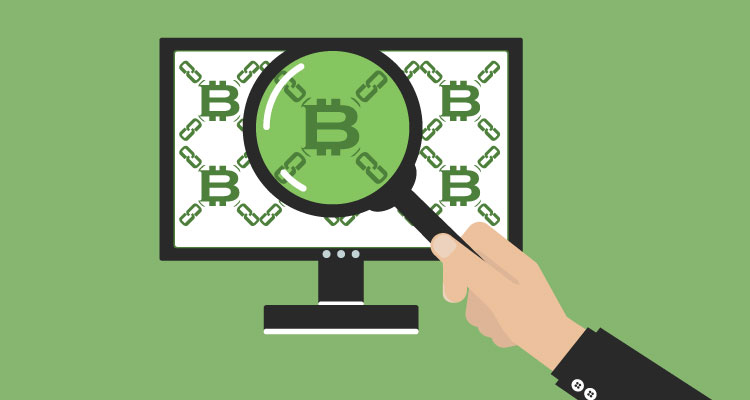In the blockchain community, cryptocurrency is the big kid on the block. But, thanks to a process called tokenization, the technology has a decidedly more fun application: digital collectibles. To understand tokenization, think about how casinos operate. Instead of wads of cash, table games use poker chips.
The poker chips have no cash value and must be exchanged for real money after the game. What does that have to do with digital collectibles? The same approach applies to data.
Table of Contents
ToggleTokenization Meets Tech
Just like physical tokenization, the digital system replaces sensitive data with a nonsensitive placeholder. The nonsensitive token can be transmitted via API calls or batch files.
What happens if someone intercepts the token? It looks like meaningless data. Without access to the tokenization system, it’s impossible to detokenize the information.
In this way, tokenization is even stronger than encryption, once the gold standard in data security. Unlike encryption systems, there’s no mathematical relationship between the token and the underlying data. It’s no wonder tokenization is so popular with payment processors. Cardholder data can’t be compromised in transit. Also, unlike physical cards, tokens never expire. Tokenization protects money transferred over the Internet. But, it also ensures nobody can duplicate or steal a digital trading card.
Tokenizing Trading Cards
Did you collect Pokémon or baseball cards as a kid? Think back to the rarest one you owned. If it had been lost or stolen, it would’ve been gone for good. Even if you’d found it, you’d never have been able to prove that you owned it.
Tokenization protects digital trading cards like Blockchain Heroes. Launching in August 2020, the 50-card set will feature superheroes inspired by personalities of the blockchain world, including inventors, investors, and evangelists.
The cards will have immutable ownership records. Users will be able to view each card’s sales and trading history. Their scarcity will be provable because each card will have a unique identification number. As a result, they can accumulate market value like cryptocurrencies.
What the Market Wants for Digital Collectibles
Why do many investors view digital trading cards as appreciable assets? Because they’ve proven immensely popular.
Earlier this year, Topps Trading Cards — the company behind the baseball cards you used to collect — released digital Garbage Pail Kids trading cards. Featuring the famous ‘80s kids toys, the cards were all but sold out 24 hours after their release.
The Garbage Pail Kids cards operate on the same WAX blockchain as the Blockchain Heroes set. If the secondary market for Garbage Pail Kids cards is any indication of how Blockchain Heroes will fare, collectors may see 25-fold returns.
Although the names associated with the Blockchain Heroes cards have not yet been released, collectors will recognize many of them from co-founders’ Joel Comm and Travis Wright’s 3-year-old show, “The Bad Crypto Podcast,” and the spinoff “The Nifty Show,” named after the acronym for “non-fungible tokens.” Add in their superhero pairings, and Blockchain Heroes are likely to be popular with a broad audience.
What’s Next for Tokenized Collectibles
Will tokenized collectibles continue to be a hit with adult investors? Will trading card companies turn back to their traditional targets of kids and teens?
The short answer is yes: Trading card companies see opportunities in both directions.
Exclusive sets will target adult investors. High-volume, kid-oriented sets will likely be popular with parents and children due to their lower costs and unlosable design.
The more interesting question is whether digital collectibles will replace cryptocurrencies. Like cryptocurrencies, digital trading cards are immutable, trackable, and tradable. Like physical currencies, they’re also fun and limited to a certain run.
Mining xryptocurrencies ad infinitum lowers their value. As a result, cryptocurrencies may not be a smart asset to hold for the long term.
Digital trading cards will most likely be part of blockchain’s future. Someday, you might even be able to bet with them.















